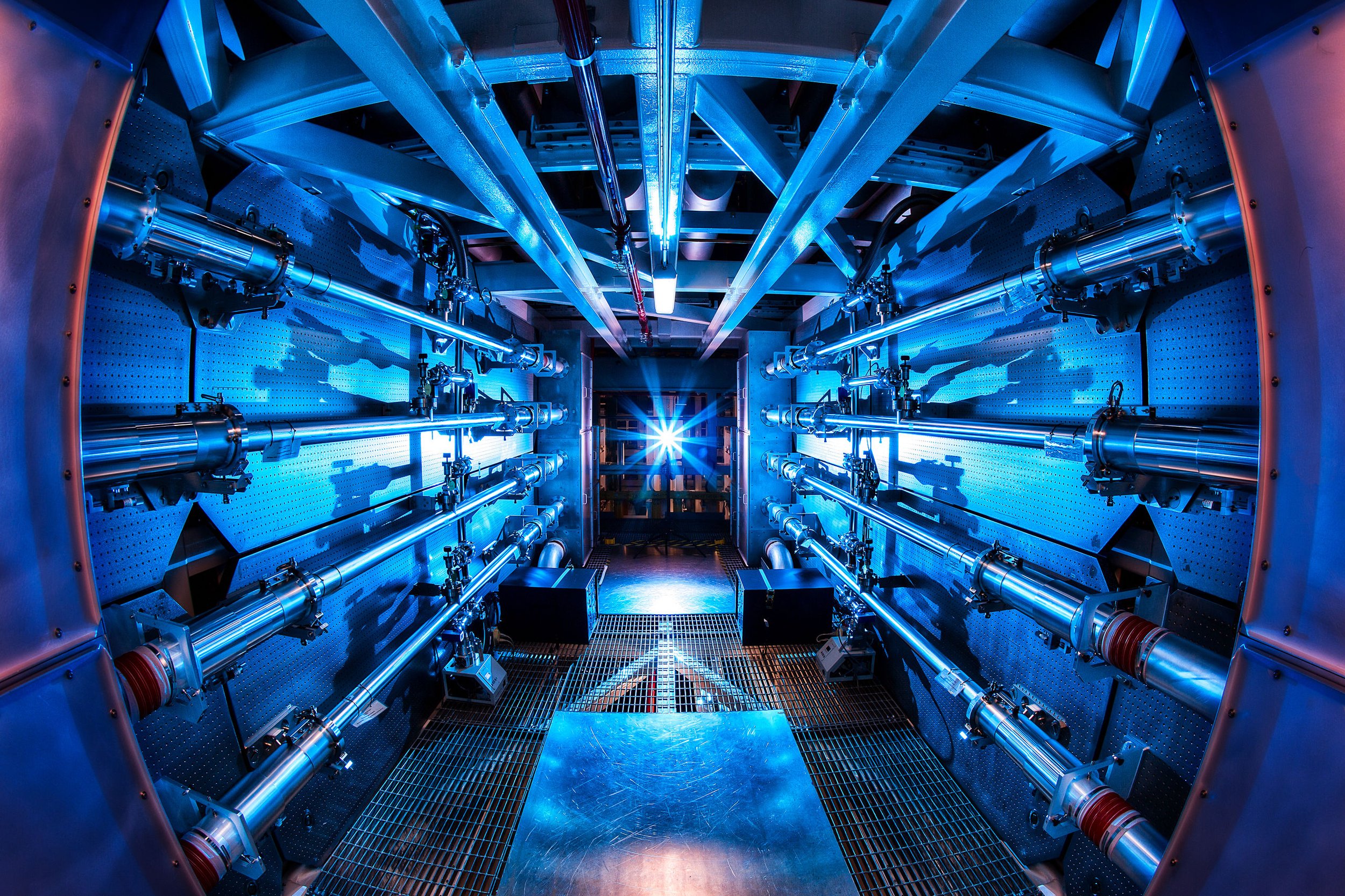
March 31st, 2023 — Last week, Powerhouse and Powerhouse Ventures had the pleasure of attending the ARPA-E Energy Innovation Summit in Washington, D.C. We believe in the value of strong and personal relationships with the people building climate solutions, so it was refreshing to connect with some of the leading minds from both the public and private sectors who are focusing on scaling decarbonization technologies. We left feeling inspired by the significant resources that are being deployed to solve some of the hardest challenges facing the energy transition, like low-carbon firm power, aviation, and industrial processes. We want to share some of our takeaways from one of the leading annual events focused on climate innovation in the country.
Some of our favorite sessions from the conference were the ARPA-E Fast Pitches, where ARPA-E Program Directors and Fellows spoke about the problems they were most excited about. Just about every one of them involved some kind of Fermi problem, estimations of unknown quantities based off of known ones. In climate, as we reengineer the ways we power and move around our world, there are no shortage of Fermi problems.
Here are a few fascinating problems that Fast Pitch panelists presented to the audience.
Dr. Peter de Bock: To charge an airplane in 24 minutes, you would need 630 MW, or about 2500 Tesla Superchargers.
Dr. Jack Leonard: In the United States, our 250M vehicles store about 100 TWh of energy in their gas tanks. If you throw in all the energy stored at gas stations, that gets you to 300 TWh. In the energy sector we store 4,000 TWh worth of energy in the form of coal piles, crude & refined oil, and natural gas, which is enough to last us about 2 months.
Dr. Jim Seaba: A power to fuels plant powered by 1 GW of solar would generate only about 3 thousand barrels per day, at best. A typical refinery typically processes about 100-250 thousand barrels per day.
Dr. Olga Blum Spahn: Electrifying industrial heating would mean about 2,000 TWh annually. That’s a lot of power electronics for microwaves, voltage converters, plasma generators, etc.
“Your hook should be I’ve got 99 problems but ignition ain’t one.”
We were incredibly gratified to see the enthusiasm we feel about the progress being made by our industry echoed by the numerous startups, universities, corporations, government agencies, and investors in attendance. The atmosphere was full of excitement and motivation following significant federal action over the past year (culminating in the IRA), combined with recognition of the significant challenges the country is facing to decarbonize sectors including materials and firm power.
Although our industry still has an enormous amount of work to do on diversity, it was great to see four women on the main stage before the first man: ARPA-E Director Evelyn Wang, Secretary of Energy Jennifer Granholm, Via Separations CEO Dr. Shreya Dave, and Sublime Systems CEO Dr. Leah Ellis. Secretary Granholm in particular is a superstar—people were whooping throughout the opening remarks like we were at a basketball game. We were told this was the largest ARPA-E summit yet at 2500 attendees, and it definitely felt like it.
Close collaboration between public and private stakeholders will be needed to realize the promise of decarbonizing the energy and mobility sectors during the decisive decade for climate action. While there is much work to do, it was inspiring to see the intentional community-building and engagement on prominent display at ARPA-E.
Written by Gabriel VanLoozen and Dr. Octavi Semonin, and special thanks to Sam Wohlforth.
To read more about our work at Powerhouse and Powerhouse Ventures, visit our Insights page.
